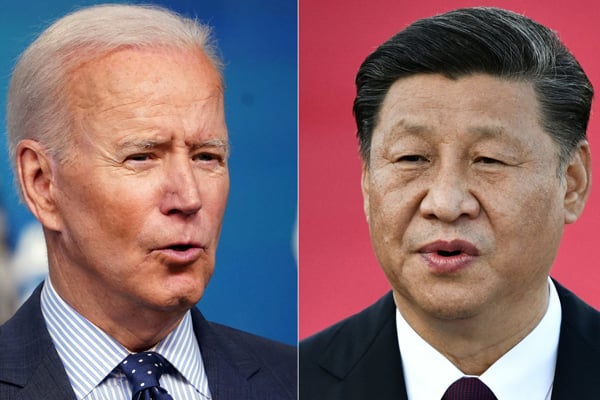Prime
The United States’ China challenge

Author: Joseph S Nye. PHOTO/FILE
What you need to know:
- America risks many possible failures as it responds to the China challenge.
At this year’s Aspen Security Forum (which I co-chair) in July, China’s ambassador to the United States Qin Gang, appealed for better understanding of his country. But there was considerable debate among the assembled experts about China’s objectives.
President Xi Jinping has announced China’s intention to outpace America in critical technologies such as artificial intelligence and synthetic biology by 2030, and many analysts predict that China’s GDP (measured at market exchange rates) will surpass that of the US early in the next decade. Is China seeking to displace the US as the world’s leading power by the centenary of communist rule in 2049?
What happens over the next three decades will depend on many unknowns. Some analysts see China declining after failing to escape the “middle income trap.” Others envisage it hitting a plateau because of demographic constraints, low factor productivity, and Xi’s policy of favouring state-owned firms over private companies.
Here again, some experts at Aspen were more pessimistic than others. There is never a single future, only many possible scenarios, and which one becomes more likely will depend in part on what China does and how the US chooses to respond.
Just as there are many possible futures, America risks many possible failures as it responds to the China challenge, so a prudent strategy must consider more than one. The most dramatic failure would be a major war.
Security analysts at Aspen focused on Taiwan, which China regards as a renegade province, as a potential trigger for a Sino-American war. The US has long tried to dissuade Taiwan from declaring de jure independence and to deter China from using force against the island. But Chinese military capabilities have been increasing, and while US President Joe Biden has denied that American policy has changed, Chinese officials claim that high-level US visits to Taiwan – most recently by Speaker of the House Nancy Pelosi – are hollowing out the policy.
A second type of disaster would be a prolonged cold war fuelled by growing demonisation of China in US domestic politics. Such an outcome would preclude Sino-American cooperation in governing the world economy or coping with ecological interdependence, most crucially in responding to pandemics and climate change.
The US would also suffer if it were unable to manage domestic political polarisation and address its social and economic problems, resulting in a loss of focus and a severe weakening of the technological dynamism that enables it to compete successfully with a rising China. Similarly, the growth of a populist nativism that curtails immigration or weakens US support for international institutions and alliances could lead to a competitive failure.
Finally, there can be a failure of US vision and values. To be sure, realism and prudence are necessary conditions for a successful strategy toward China. The US does not have the capacity to make China democratic; only the Chinese can do that. But a sense of vision about democratic values and human rights also is important to generate the soft power that benefits America by attracting rather than coercing allies. That is why a successful US response to the China challenge starts at home and must be based on preserving America’s own democratic institutions.
The US should also invest in research and development, including through the $280b “Chips and Science Act” recently passed by Congress, to maintain its technological advantage in critical industries.
America should also strengthen its participation in and supplement the existing international institutions that it created to set standards and manage interdependence. Lastly, it is important to cooperate with China where possible on issues of transnational interdependence.
-- Project Syndicate




